BUSINESS
AS USUAL
Are you ready for ‘Business As Usual’ deployment?
INNOVATION DEPLOYMENT GUIDANCE FOR INNOVATORS
Ensuring that innovations successfully transition into Business as Usual (BAU) operations is the ultimate goal of all the collaborations that the EIC facilitates. However, it’s also the biggest challenge in innovation projects. We work to overcome this challenge by offering support, information and guidance to networks and innovators alike that makes the innovation pathway to BAU delivery as efficient and effective as possible.
The journey towards successful adoption into BAU starts with shining a light on what constitutes BAU readiness from the perspective of both parties in UK innovation projects. Our Innovation Deployment Guidance offers just that – a clear and comprehensive overview of key BAU readiness indicators that acts a single point of reference for both innovators and energy networks.
PROCUREMENT FAQ'S
My product has been developed in conjunction with the Networks using NIA funding, do I need to go through a procurement process for Business as Usual (BAU) deployment?
Innovators that have developed a final product or service that’s ready to be offered as a solution for the networks will first have to go through a procurement process with the network before the solution can be purchased. A high-level flowchart showing the 3 different procurement routes is included in Appendix 1 of the Innovation Procurement Guide
I have secured innovation funding (e.g. SIF or NIA) to develop a solution in conjunction with the networks, what procurement process do I need to go through before the innovation project can start?
It depends on the specific circumstances but the innovation project may be exempt from certain procurement rules.
I have a solution ready for deployment, what procurement process do I have to go through?
Where an innovator has a solution ready for deployment, the procurement process that needs to be followed will depend on the value, according to the Utility Contract Regulations:
(i) For goods or services over a particular value the network will be required to undertake a competitive tender process following one of the allowed procedures and to advertise the opportunity for submissions on the Find a Tender (FTS)
(ii) For goods or services under the UCRs’ value thresholds, depending on the circumstances the network may run its own competitive tender. The value threshold can be seen here
How long with the process take?
Time estimates very much depend on the particular procurement route. The timescales below are under optimal conditions, such as fast evaluations of submissions and limited negotiations. Each stage may take significantly longer if there are negotiations, or if trials of products are required. Regulated tender timescales could be much longer if there is a complex requirement and a contract notice on FTS is required.
- Single Source = 2-4 weeks
- 3 Bid Process= 5-8 weeks
- Regulated Tender = 7-26 weeks
I have gone through the procurement process with one network company, will the process be the same for the other networks?
Each energy network will have slightly different processes in place, but the journey with the majority of EIC partner networks will include the following four stages:
(i) Need Recognition; (ii) Procurement Process; (iii) Approval and Contract Execution; and (iv) Deployment and Payment.
You can find out more about each of these stages by downloading the EIC’s free Innovation Procurement Guide
